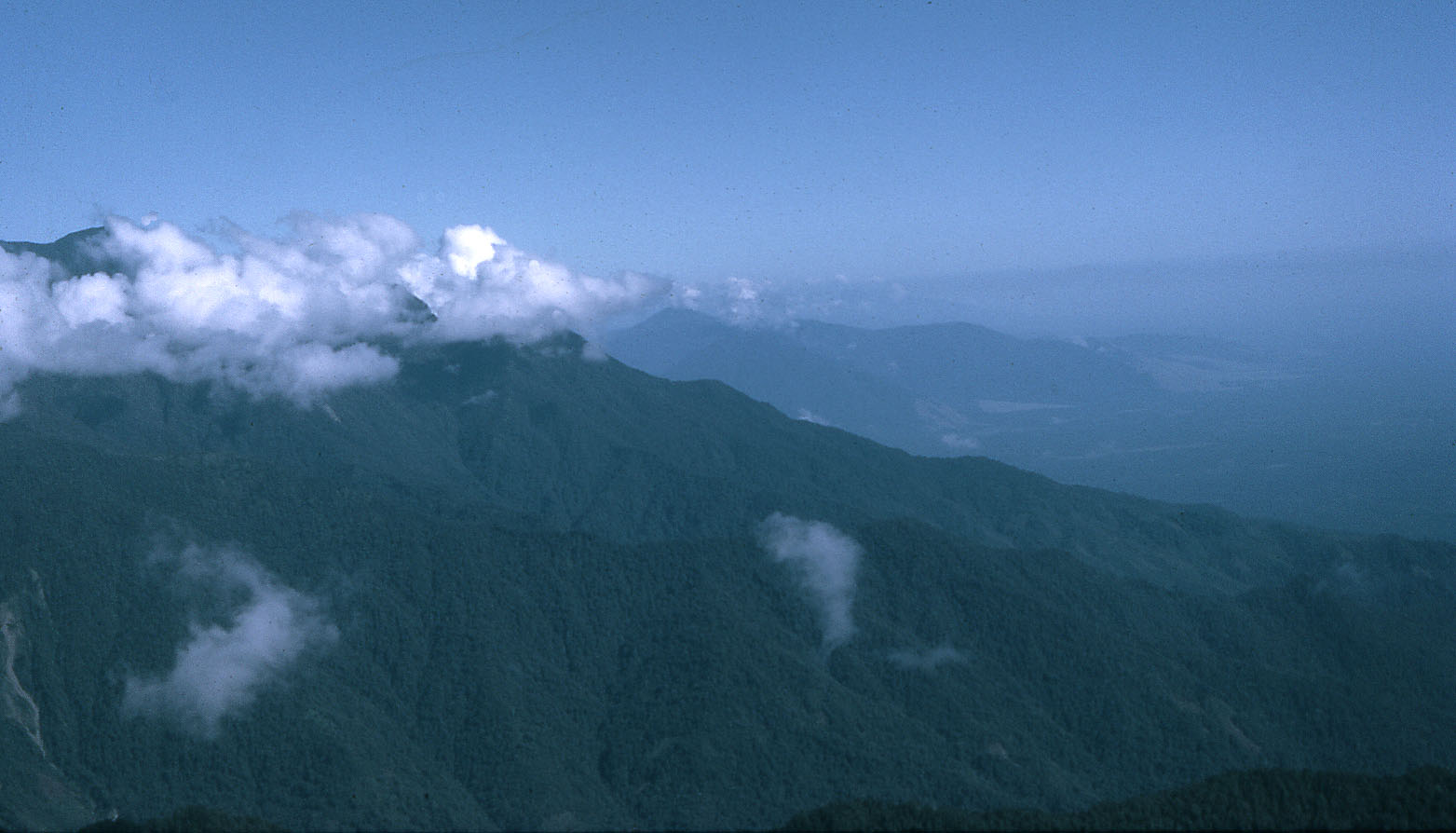Owen Stanley Mountain Range on:
[Wikipedia]
[Google]
[Amazon]
Owen Stanley Range is the south-eastern part of the central mountain-chain in
 The range is flanked by broken and difficult country, particularly on the south-western side. There are few practicable passes, the easiest being the famous
The range is flanked by broken and difficult country, particularly on the south-western side. There are few practicable passes, the easiest being the famous
Papua New Guinea
Papua New Guinea (abbreviated PNG; , ; tpi, Papua Niugini; ho, Papua Niu Gini), officially the Independent State of Papua New Guinea ( tpi, Independen Stet bilong Papua Niugini; ho, Independen Stet bilong Papua Niu Gini), is a country i ...
. Its highest point is Mount Victoria at , while its most prominent peak is Mount Suckling
Mount Suckling or Goropi, is the highest peak of the Goropu Mountains, part of the Owen Stanley Range in south-eastern Papua New Guinea. It lies about east of Port Moresby. Situated on a relatively narrow peninsula, it lies only about from th ...
.
History
Owen Stanley Range was seen in 1849 by CaptainOwen Stanley
Captain Owen Stanley FRS RN (13 June 1811 – 13 March 1850) was a British Royal Navy officer and surveyor.
Life
Stanley was born in Alderley, Cheshire, the son of Edward Stanley, rector of Alderley and later Bishop of Norwich. A brother w ...
while surveying the south coast of Papua and named after him. The eastern extremity of the range is Mount Victoria, which was climbed by Sir William MacGregor
Sir William MacGregor, (20 October 1846 – 3 July 1919)R. B. Joyce,', ''Australian Dictionary of Biography'', Volume 5, Melbourne University Press, 1974, pp 158–160. Retrieved 29 September 2009 was a Lieutenant-Governor of British New Guine ...
in 1888, and it extends as far west as Mount Thynne and Lilley. But the name is generally used to denote the whole of the chain of the Papuan Peninsula
The Papuan Peninsula, also known as the Bird's Tail Peninsula, is a large peninsula in Papua New Guinea, southeast of the city of Lae, that makes up the southeastern portion of the island of New Guinea. The peninsula is the easternmost extent of t ...
, from Mount Chapman to the south-eastern end of the island, and to include Mount Albert Edward which is really separated from it by the Wharton Chain.
Geography
 The range is flanked by broken and difficult country, particularly on the south-western side. There are few practicable passes, the easiest being the famous
The range is flanked by broken and difficult country, particularly on the south-western side. There are few practicable passes, the easiest being the famous Kokoda Track
The Kokoda Track or Trail is a single-file foot thoroughfare that runs overland – in a straight line – through the Owen Stanley Range in Papua New Guinea (PNG). The track was the location of the 1942 World War II battle between Japanese ...
which crosses the range between Port Moresby
(; Tok Pisin: ''Pot Mosbi''), also referred to as Pom City or simply Moresby, is the capital and largest city of Papua New Guinea. It is one of the largest cities in the southwestern Pacific (along with Jayapura) outside of Australia and New Z ...
and Buna and was in use for more than 50 years as a regular overland mail-route. Another route used by the 900 men of the US 2nd Battalion, 126th Infantry Regiment
The 126th Infantry Regiment ("Second Michigan") is a United States military unit of the Michigan Army National Guard. The 126th was originally an infantry regiment, then was converted into an armoured role, and then was converted to a light ca ...
, 32nd Division, was the Kapa Kapa Trail, parallel to but to the southeast of the Kokoda Track. They took nearly five weeks to cover the track over extraordinarily difficult jungle terrain, from 14 October to 20 November 1942.
Vehicular roads, though not impossible, would be very difficult and expensive to construct. In fact one was constructed during World War II
World War II or the Second World War, often abbreviated as WWII or WW2, was a world war that lasted from 1939 to 1945. It involved the vast majority of the world's countries—including all of the great powers—forming two opposin ...
crossing from Wau in the north to Bulldog in the south and known as the Bulldog Track. It was largely due to the impossibility of transporting heavy equipment across the range that the Japanese failed to secure Port Moresby as a base early in 1942. The mountains are rough and precipitous, with occasional fertile plateaux which are occupied by native food-gardens.
Eponyms
Two species of reptiles are named after Owen Stanley Range, ''Papuascincus stanleyanus
''Papuascincus stanleyanus'' is a species of skink, a lizard in the Family (biology), family Scincidae. The species is Endemism, endemic to New Guinea.
Etymology
The Specific name (zoology), specific name, ''stanleyanus'', refers to the Owen Sta ...
'' and '' Toxicocalamus stanleyanus''.Beolens, Bo; Watkins, Michael; Grayson, Michael (2011). ''The Eponym Dictionary of Reptiles''. Baltimore: Johns Hopkins University Press. xiii + 296 pp. . ("Stanley", p. 251).
See also
*Australian Encyclopaedia
The ''Australian Encyclopaedia'' is an encyclopedia focused on Australia. In addition to biographies of notable Australians the coverage includes the geology, flora, fauna as well as the history of the continent. It was first published by Angus a ...
. Vol. 6, p. 430. Grolier.
*Owen Stanley Range languages
The Southeast Papuan or Papuan Peninsula ("Bird's Tail") languages are a group of half a dozen small families of Papuan languages in the "Bird's Tail" (southeastern peninsula) of New Guinea that are part of the Trans–New Guinea (TNG) phylum.
...
References
{{Mountain ranges of New Guinea Mountain ranges of Papua New Guinea